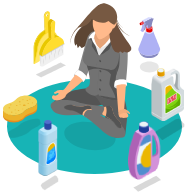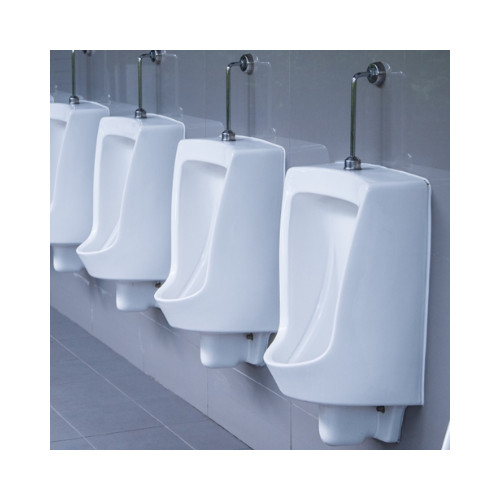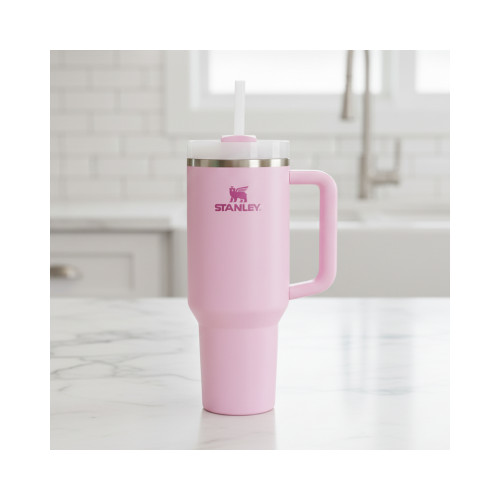
COSHH Frequently Asked Questions
The Control of Substances Hazardous to Health (COSHH) regulations play a critical role in ensuring workplace safety, particularly when handling hazardous substances. Adhering to these regulations is not just a legal obligation but essential for safeguarding health. Below, we address common questions about COSHH to help you understand and comply with these vital safety standards.
COSHH Assessment
Is my employer required to provide me with a copy of the COSHH assessment?
Yes, employers must inform employees about the hazards, risks, and control measures associated with hazardous substances. For businesses with five or more employees, significant findings from the risk assessment must be documented and made available for inspection by safety representatives and relevant authorities.
How should I conduct a COSHH risk assessment?
To carry out a COSHH risk assessment, follow these steps:
- Gather information on the hazardous properties of substances, the work involved, and existing practices.
- Evaluate the health risks associated with these substances.
- Identify the necessary control measures to comply with COSHH regulations.
- Record the assessment (mandatory for businesses with five or more employees).
- Establish a schedule for reviewing the assessment to ensure it remains relevant.
How often should a COSHH assessment be reviewed?
COSHH assessments should be regularly reviewed to keep them up to date. The frequency of reviews depends on the level of risk, the nature of the work, and the likelihood of changes in the workplace. Immediate reviews are required if the original assessment is found to be invalid or if significant changes occur that could alter exposure levels.
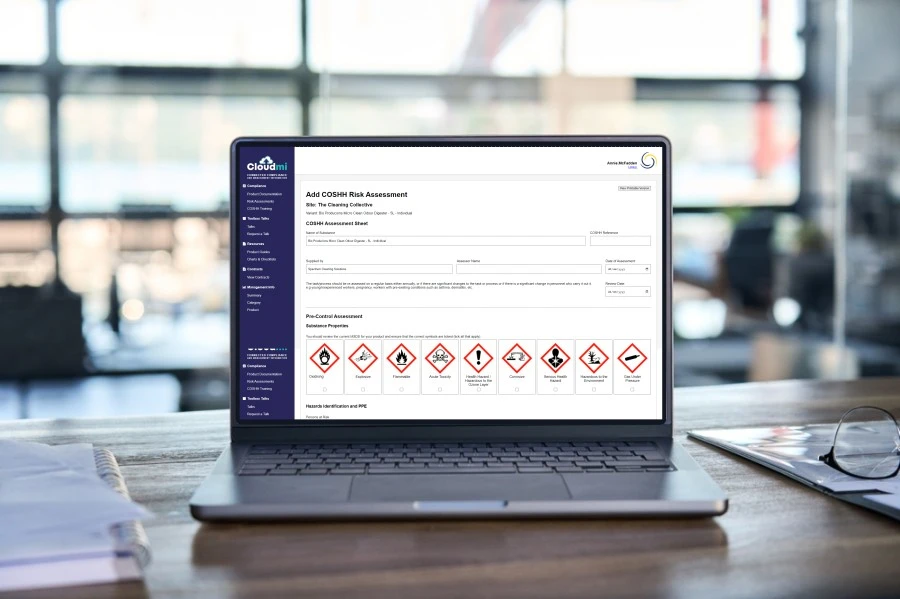
How do I conduct a COSHH assessment for substances like dust, which lack a Safety Data Sheet?
For substances like dust that may be generated during work processes, assess the health risks based on their working form and evaluate potential exposure. For instance, sweeping dust with a dry brush may increase exposure, so consider using a vacuum cleaner or other alternatives to minimise risks.
Safety Data Sheets
How can I obtain Safety Data Sheets, and how should I use them?
Suppliers are required to provide a Safety Data Sheet (SDS) when you first order a hazardous substance, if the formulation changes, or upon request. If the substance is not classified as dangerous for supply, suppliers should include instructions for safe use. The SDS contains vital information on the hazardous properties of the substance, associated health risks, and recommended control measures. However, an SDS is just the starting point for a COSHH risk assessment and does not replace the need for a thorough assessment tailored to your specific workplace.
Is a COSHH risk assessment necessary if I have Safety Data Sheets for all hazardous substances?
Yes. Safety Data Sheets provide essential information, but they do not account for the specific conditions in your workplace. A COSHH risk assessment is required to evaluate how these substances interact with your particular work environment and to implement appropriate control measures.
Keeping Records
What should be included in a health surveillance record?
Health surveillance records should include:
- The employee’s name and National Insurance number
- Details of the substance they are exposed to and the frequency of exposure
- The type of surveillance test conducted and the tester’s details
- The outcome of the test (e.g., passed, retest, or failed)
It's important to note that health surveillance records are distinct from medical records, which are confidential and managed by health professionals.
What should be done with medical records if a company goes out of business?
If a company ceases operations, medical records may be transferred to the HSE’s Employment Medical Advisory Service or provided directly to the employee or their GP, with the employee’s consent.
Is there a specific form required for recording COSHH assessments?
There is no mandatory form for recording COSHH assessments. However, it is crucial that your records include key information such as the hazards, individuals affected, tasks involved, and the control measures implemented.
Working with Hazardous Substances
What qualifies as a substance hazardous to health?
A substance hazardous to health can include any material or mixture with the potential to cause harm when inhaled, ingested, or absorbed through the skin. COSHH regulations apply to substances that are toxic, harmful, corrosive, or irritant, as well as dusts, biological agents, and other chemicals that present a health risk due to their properties or usage.
Should cleaning chemicals be stored in a locked cupboard?
Locking up cleaning chemicals is advisable, particularly if vulnerable individuals, such as children or those with learning disabilities, might access them.
What should I do if my employer has no procedures in place to control exposure to hazardous substances?
If your employer has not implemented adequate control measures for hazardous substances, you should report the issue to the HSE’s Concerns and Advice Team or your local authority’s Environmental Health Officer. Reports can be made anonymously.
What are the ventilation requirements for working with hazardous substances?
General building ventilation should achieve five to ten air changes per hour. For specific processes, local exhaust ventilation (LEV) may be necessary to remove airborne contaminants at the source. The effectiveness of LEV systems depends on their design and setup, so consultation with a competent professional is recommended.
Training
What qualifications or training are required to conduct COSHH assessments?
While no specific qualifications are mandated, the individual conducting the assessment must be competent, meaning they should have the necessary knowledge, skills, and experience. This includes understanding the hazards and risks associated with hazardous substances, knowing how these substances can expose workers, and having the authority to gather and assess relevant information.
Want to make carrying out risk assessments easier than ever? Click here to find out more about Cloud MI, the FREE COSHH risk assessment web app.
Understanding and adhering to COSHH regulations is crucial for maintaining a safe workplace. For further guidance, consult the relevant HSE publications and consider seeking advice from health and safety professionals.
Stay Connected
Stay connected and be the first to know about our latest products, special offers, and exciting news:The Cleaning Blog
Want to learn more about cleaning? From the latest cleaning and hygiene news to handy how-to guides, why not check out our most popular blog categories.Stay Connected
Stay connected and be the first to know about our latest products, special offers, and exciting news: